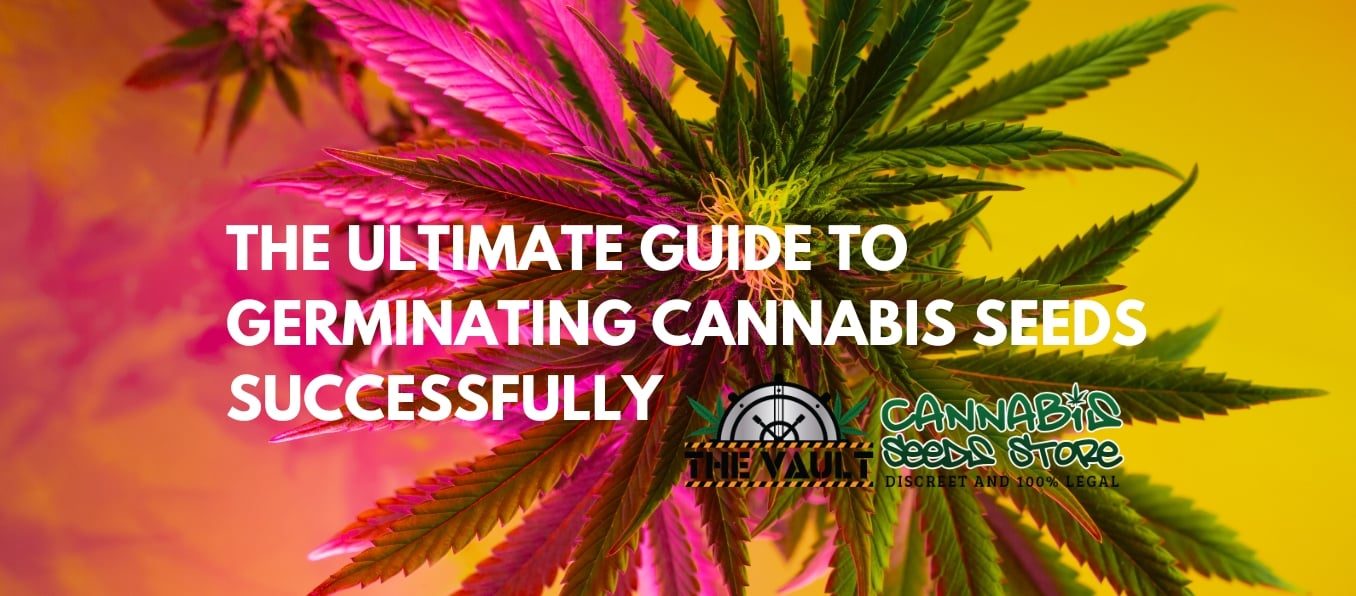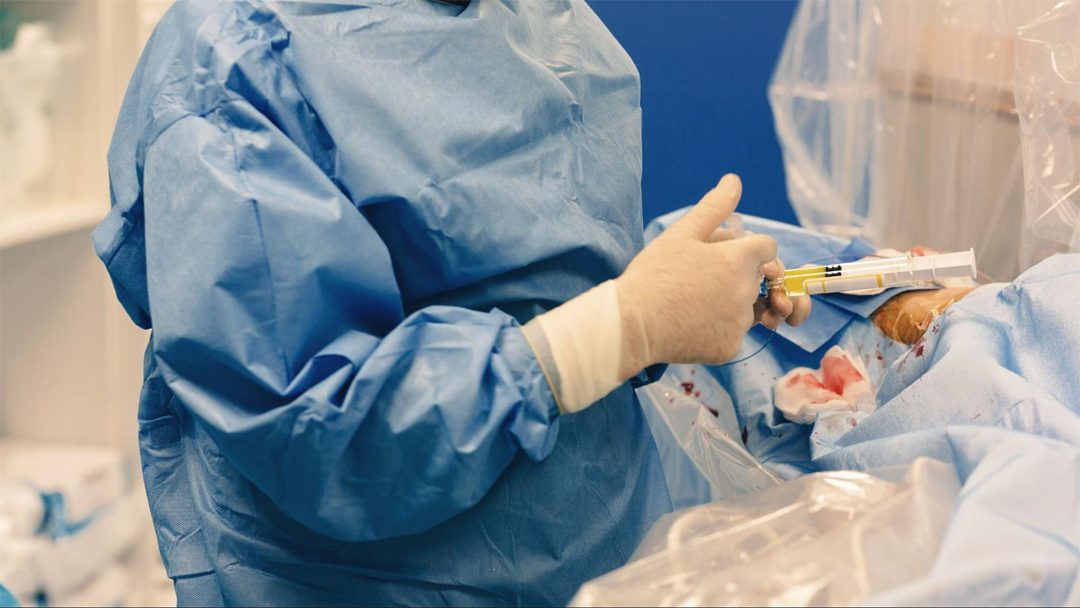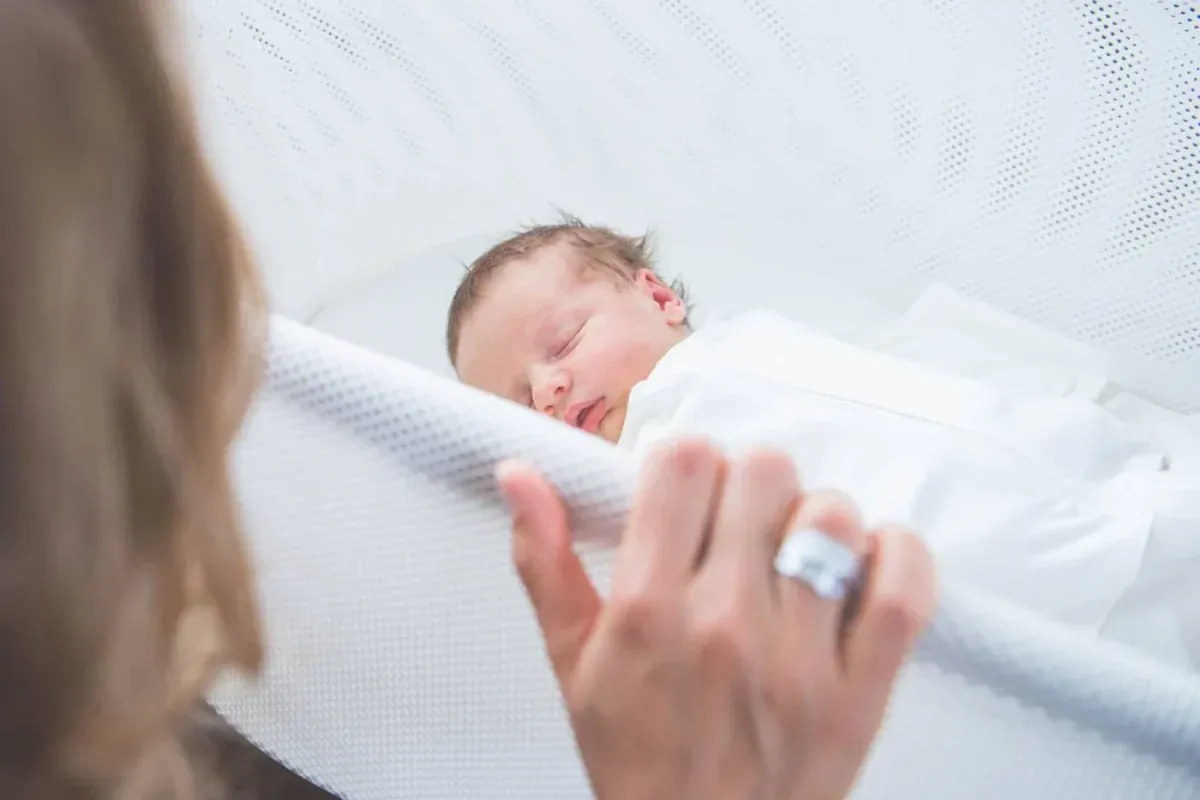
The Ultimate Guide to Germinating Cannabis Seeds Successfully
Germinating cannabis seeds is the first crucial step in your journey to growing healthy and robust cannabis plants. While it might seem straightforward, the germination process is delicate and requires attention to detail to ensure success. In this comprehensive guide, we will walk you through everything you need to know about germinating cannabis seeds successfully, from selecting the right seeds to caring for seedlings.
Selecting Quality Seeds
Before diving into the germination process, it’s essential to start with high-quality seeds. The quality of your seeds will significantly influence the success rate of germination and the overall health of your plants.
- Purchase from a Reputable Source:
- Buying seeds from a trusted supplier ensures you receive viable seeds with a high germination rate. Check out The Vault Cannabis Seed Store for a wide selection of top-quality seeds from reputable breeders.
- Inspect the Seeds:
- Good seeds are typically dark brown with a glossy finish. Avoid seeds that are green, pale, or cracked, as these are likely immature or damaged and may not germinate.
- Feminized vs. Regular Seeds:
- Feminized seeds are bred to produce only female plants, which are the ones that produce buds. Regular seeds can produce both male and female plants, requiring you to identify and remove male plants to prevent pollination.
Understanding Germination
Germination is the process by which a seed develops into a new plant. For cannabis seeds, germination involves the emergence of the radicle (root) from the seed shell, followed by the growth of the seedling.
Methods of Germination
There are several methods to germinate cannabis seeds, each with its own set of advantages. The three most common methods are the paper towel method, direct planting, and using germination kits.
- Paper Towel Method:
The paper towel method is a popular and straightforward technique for germinating cannabis seeds.
Materials Needed:
- Cannabis seeds
- Paper towels
- Two plates or a plastic container
Steps:
- Moisten two paper towels and place one on a plate or inside a plastic container.
- Place the seeds on the paper towel, spacing them out to prevent crowding.
- Cover the seeds with the second moistened paper towel.
- Cover with the second plate or close the container to create a dark, humid environment.
- Check the seeds daily, ensuring the paper towels remain moist but not waterlogged.
- Within 24 to 72 hours, the seeds should begin to sprout, and you’ll see a small root emerging.
- Direct Planting:
This method involves planting seeds directly into the growing medium.
Materials Needed:
- Cannabis seeds
- Small pots or seedling trays
- Quality soil or seedling mix
Steps:
- Fill the pots or trays with soil or seedling mix.
- Make a small hole about 1/4 inch deep in the soil.
- Place a seed in the hole and cover it lightly with soil.
- Water the soil gently to keep it moist but not soaked.
- Place the pots or trays in a warm, dark area.
- Keep the soil moist, and within a few days to a week, the seeds should sprout.
- Germination Kits:
Germination kits are designed to simplify the process, providing an optimal environment for seed sprouting.
Materials Needed:
- Cannabis seeds
- Germination kit (available from various suppliers)
Steps:
- Follow the instructions provided with the germination kit.
- Typically, you’ll place the seeds in the kit’s germination medium and keep it in a warm, dark place.
- Ensure the medium remains moist as per the kit’s guidelines.
- Seeds should germinate within the timeframe specified by the kit.
Optimal Conditions for Germination
To maximize your success rate, it’s crucial to create the right conditions for germination. Cannabis seeds require warmth, moisture, and darkness to sprout effectively.
- Temperature:
- The ideal temperature for germination is between 70°F and 85°F (21°C to 29°C). Consistent warmth helps activate the enzymes in the seed, promoting growth.
- Moisture:
- Seeds need a consistently moist environment to germinate. However, too much water can lead to drowning or mold. Aim for a damp, but not waterlogged, medium.
- Darkness:
- Seeds germinate best in darkness. Light can interfere with the germination process, so it’s essential to keep your seeds in a dark place until they sprout.
Transplanting Seedlings
Once your seeds have successfully germinated and the seedlings have developed a couple of sets of leaves, it’s time to transplant them into their final growing medium.
Steps to Transplant:
- Prepare the Growing Medium: Fill your final pots with quality soil or your chosen growing medium.
- Make Holes for Seedlings: Create small holes in the medium, deep enough to accommodate the seedling’s root system.
- Transplant Seedlings: Gently remove the seedlings from their initial containers, being careful not to damage the roots. Place them in the prepared holes and cover the roots with soil.
- Water: Water the transplanted seedlings lightly to settle the soil around the roots.
- Lighting: Move the seedlings to a well-lit area, gradually increasing the amount of light they receive to avoid shock.
Caring for Seedlings
Seedlings are delicate and require proper care to develop into healthy plants.
- Lighting:
- Seedlings need plenty of light to grow strong and healthy. Use fluorescent or LED grow lights, keeping them about 2-3 inches above the seedlings. Ensure they receive 18-24 hours of light per day during this stage.
- Watering:
- Keep the soil moist but avoid overwatering. Seedlings are particularly susceptible to damping-off, a fungal disease that can be caused by excess moisture.
- Nutrients:
- Young seedlings have limited nutrient needs. Initially, the nutrients in the soil should suffice. After a couple of weeks, you can begin to introduce diluted, balanced nutrients, gradually increasing the concentration as the plants grow.
- Air Circulation:
- Good air circulation helps prevent mold and strengthens the seedlings. Use a small fan to gently move air around the growing area, ensuring it doesn’t directly blast the plants.
Troubleshooting Common Germination Issues
Despite your best efforts, germination issues can arise. Here are some common problems and their solutions:
- Seeds Not Germinating:
- Check the viability of your seeds. Old or improperly stored seeds may not germinate.
- Ensure the environmental conditions (temperature, moisture, and darkness) are optimal.
- Seedlings Stretching:
- Stretching occurs when seedlings don’t receive enough light. Move the light source closer to the seedlings to encourage more robust growth.
- Damping-Off:
- This fungal disease can kill seedlings quickly. Ensure good air circulation and avoid overwatering to prevent damping-off.
Final Thoughts
Germinating cannabis seeds is a rewarding process that sets the stage for a successful grow. By choosing quality seeds, using effective germination methods, and providing optimal conditions, you can significantly improve your chances of sprouting healthy seedlings. Remember, patience and attention to detail are key. Happy growing!
For a wide selection of premium cannabis seeds and all your growing needs, visit The Vault Cannabis Seed Store.
Newsletter Sign Up
Make sure you never miss another Vault promo – sign up for our newsletter
Remember: It is illegal to germinate cannabis seeds in many countries including the UK. It is our duty to inform you of this fact and to urge you to obey all of your local laws to the letter. The Vault only ever sells or sends out seeds for souvenir, collection or novelty purposes.
About Gary Eff
I am an all rounder when it comes to the business side of cannabis. I like to make sure our customers are happy and at the same time, make sure they are aware of our cannabis seed product range. I love being quirky on social media so always keep an eye out for us there with the hashtag #TeamVault. I'm also partial to the odd discount so it's worth while tracking us on Facebook, Twitter, Instagram and Pinterest.
Disclaimer: This story is auto-aggregated by a computer program and has not been created or edited by healthlydays.
Publisher: Source link











